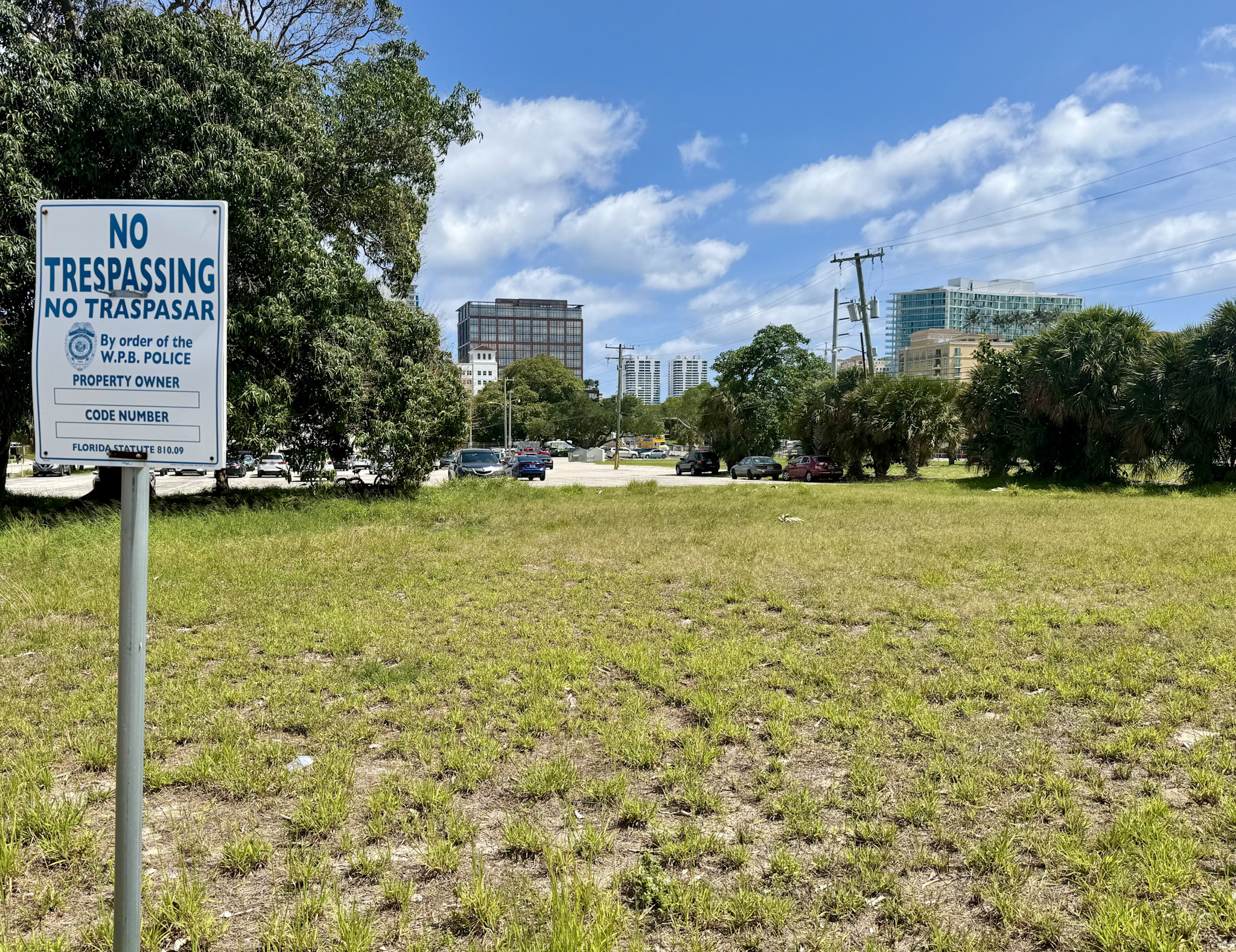Report on Urban Transport Resilience and Sustainable Development Goals
Introduction: Addressing Climate Change Impacts on Urban Infrastructure
An international research initiative has investigated the adaptive capacity of urban transportation systems during extreme weather events, specifically focusing on flooding. This research directly addresses several United Nations Sustainable Development Goals (SDGs) by providing a framework for building more resilient and sustainable cities in the face of increasing climate-related risks.
- SDG 9: Industry, Innovation and Infrastructure: The study focuses on developing resilient infrastructure capable of withstanding climate-related disasters.
- SDG 11: Sustainable Cities and Communities: The findings offer actionable solutions to make urban transport systems safer, more resilient, and sustainable, particularly for populations in flood-prone areas.
- SDG 13: Climate Action: The research aims to strengthen resilience and adaptive capacity to climate-related hazards by understanding and predicting human and system responses to extreme weather.
Research Methodology and Scope
The study employed an innovative modeling approach to simulate the impacts of 100-year flood events on multimodal transportation networks. The core of the methodology involved an agent-based traffic model combined with a compound failure model.
- Case Studies: Simulations were conducted in three geographically and structurally diverse cities: Nanjing (China), Hamburg (Germany), and Los Angeles (United States).
- Data Integration: The models were informed by real-world data, including OpenStreetMap road networks, public transit data, and mobility datasets. Flood hazard maps for 100-year return periods were used to define the disaster scenarios.
- Analysis: By simulating millions of individual trips, the research team quantified how travelers adapt to disruptions by changing routes or switching transportation modes, thereby assessing the overall resilience of the network.
In line with SDG 9’s emphasis on scientific research and innovation, the simulation models have been made publicly available on GitHub to encourage further development and application.
Key Findings: A Universal Law of Transport Adaptation
A primary outcome of the research is the identification of a universal law governing how travelers shift between private and public transport during disruptions. This pattern was consistent across all three cities, suggesting broader applicability. The capacity for adaptation was found to be dependent on three critical factors:
- Changes in travel demand.
- The density and connectivity of the transport networks.
- The interplay between transport modes, specifically whether they compete for resources or complement one another.
For example, the simulation for Nanjing demonstrated that when floods disrupted subway services, the system’s overall functionality was maintained as passengers successfully adapted by switching to the bus network. This highlights how robust and integrated public transit is crucial for achieving the resilience targets of SDG 11.
Policy Implications for Achieving SDG Targets
The research provides a predictive framework that empowers municipal authorities to enhance transportation resilience, a key target within SDG 9 and SDG 11. The model identifies specific interventions that can be implemented to maintain urban functionality during floods and accelerate recovery.
Recommended Interventions to Enhance Resilience:
- Establishment of emergency public transit lines.
- Implementation of targeted travel subsidies to influence mode choice.
- Dynamic adjustment of traffic signals to manage altered flow patterns.
- Development of public education campaigns to inform citizens of alternative travel options during emergencies.
These strategies contribute directly to SDG 13 by building adaptive capacity to climate-driven threats, ensuring that cities can continue to function effectively and equitably during and after a disaster.
Analysis of Sustainable Development Goals in the Article
1. Which SDGs are addressed or connected to the issues highlighted in the article?
-
SDG 9: Industry, Innovation and Infrastructure
- The article’s core focus is on the resilience of urban transportation infrastructure. It discusses research aimed at understanding and improving how infrastructure systems, such as road and public transit networks, withstand and adapt to extreme weather events. This directly relates to building resilient infrastructure.
-
SDG 11: Sustainable Cities and Communities
- The research is explicitly set in the context of cities (Nanjing, Hamburg, Los Angeles) and addresses the challenge of making them more resilient. The article discusses sustainable transport systems, disaster preparedness, and reducing the impact of natural disasters on urban populations, which are central themes of SDG 11.
-
SDG 13: Climate Action
- The article frames the problem of flooding within the context of climate change, referring to “increasing flood risks” and “climate-driven threats.” The research focuses on strengthening the “adaptive capacity” of cities to these climate-related hazards, which is a key component of climate action.
2. What specific targets under those SDGs can be identified based on the article’s content?
-
Target 9.1: Develop quality, reliable, sustainable and resilient infrastructure
- The entire study is dedicated to understanding how to make urban transportation infrastructure more resilient. The article states the goal is to “understand how resilient our infrastructure is” and to provide a framework for cities to “improve transportation system resiliency.”
-
Target 11.2: Provide access to safe, affordable, accessible and sustainable transport systems for all
- The research analyzes how travelers shift between private vehicles and public transit (cars, subways, buses) during floods. The goal of maintaining “overall system functionality” ensures that transport systems remain accessible to people even during a crisis.
-
Target 11.5: Significantly reduce the number of people affected and decrease the direct economic losses caused by disasters
- By modeling how to manage flood-related disruptions and maintain transportation functionality, the research provides cities with tools to reduce the number of people affected by such disasters. The article notes the goal is to help cities “recover more swiftly afterward,” which implies reducing the overall impact.
-
Target 11.b: Substantially increase the number of cities and human settlements adopting and implementing integrated policies and plans towards… adaptation to climate change, resilience to disasters
- The article highlights that the research findings “provide a framework for cities to predict and manage flood-related disruptions” and that the model can “identify interventions to improve transportation system resiliency,” directly supporting the implementation of policies and plans for disaster resilience.
-
Target 13.1: Strengthen resilience and adaptive capacity to climate-related hazards and natural disasters
- The study’s title, “Adaptive capacity for multimodal transport network resilience to extreme weather,” and its focus on how people and systems adapt to floods directly address this target. The article states the work is a step toward “building smarter, more resilient infrastructure — before the next disaster hits.”
3. Are there any indicators mentioned or implied in the article that can be used to measure progress towards the identified targets?
-
Trip Completion Rates
- The article explicitly mentions this as a measure of system performance. In the Nanjing simulation, adaptation by switching to buses resulted in “higher trip completion rates and maintaining overall system functionality.” This can serve as a direct indicator of transport system resilience (Target 9.1, 11.2).
-
Modal Shift Patterns
- The research quantifies “how travelers adapt in response to flood-related disruptions by switching routes or modes.” Analyzing these shifts (e.g., from cars to subways or buses) provides a measurable indicator of the population’s adaptive capacity and the interplay between different transport modes (Target 13.1).
-
Traffic Density and Network Connectivity
- The article states that “adaptation hinges on traffic density, network connectivity and the interplay between travel modes.” These factors, used in the model, can be monitored as indicators of the baseline state and vulnerability of the transportation network (Target 9.1).
-
Effectiveness of Resilience Interventions
- The article suggests interventions like “emergency public transit lines, travel subsidies, traffic signal adjustments and public education campaigns.” The impact of these measures on trip completion rates, travel times, or modal shifts during a simulated or real flood event can be measured as an indicator of improved resilience (Target 11.b, 13.1).
-
Flood Impact Scenarios (e.g., 100-year flood)
- The study uses “Flood hazard maps for 100-year return periods” to inform its scenarios. Using standardized disaster scenarios like this serves as a benchmark indicator to test and compare the resilience of infrastructure across different cities or over time (Target 11.5).
4. Table of SDGs, Targets, and Indicators
| SDGs | Targets | Indicators |
|---|---|---|
| SDG 9: Industry, Innovation and Infrastructure | 9.1: Develop quality, reliable, sustainable and resilient infrastructure. |
|
| SDG 11: Sustainable Cities and Communities |
11.2: Provide access to safe, affordable, accessible and sustainable transport systems for all.
11.5: Significantly reduce the number of people affected by disasters. 11.b: Implement integrated policies and plans for resilience to disasters. |
|
| SDG 13: Climate Action | 13.1: Strengthen resilience and adaptive capacity to climate-related hazards and natural disasters. |
|
Source: newswise.com







